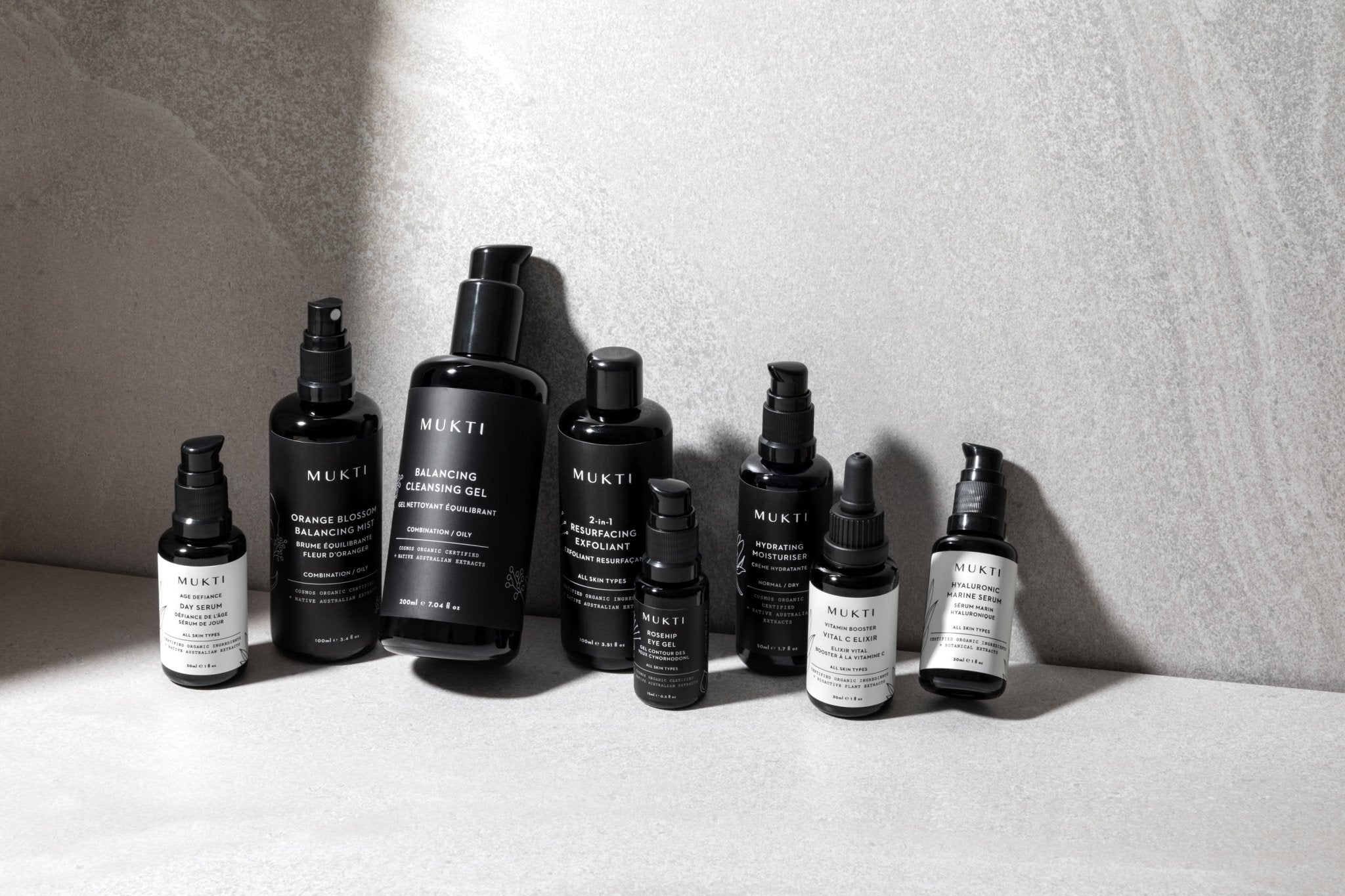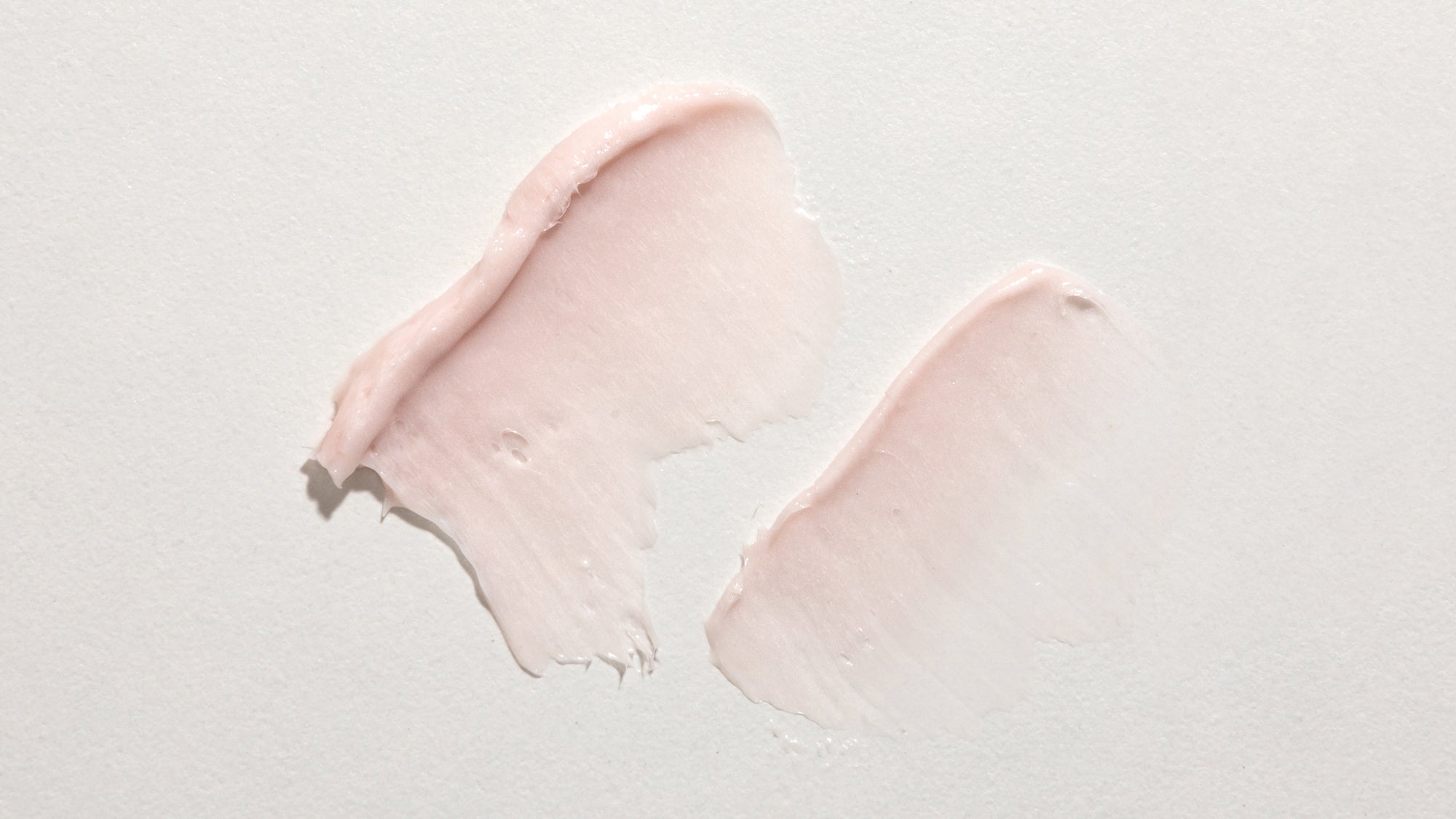
A Routine for Every Skin
Our skin is complex. This means that caring for it is too, and by consequence, so too is the skincare market.
There is an overwhelming amount of information out there on skin, and the most difficult part is deciphering which information is relevant for you. Which products will work for you? Which won’t? Which treatments and ingredients can target those specific aspects that you don’t like about your skin? Which is best for hydration, for redness, for spots, for wrinkles? Which products are suitable for sensitivity and which will make your skin react?
Unfortunately, so many products claim to be suited to all. But no one product or ingredient can cater to any and every person, and all kinds of skin concerns. So what does this mean for your skin routine? And how do you go about developing the perfect routine?
Tailoring Your Skin Routine For Your Needs
It is important to keep in mind, when selecting skincare products, that each individual’s skin experiences its own unique needs and concerns. It is not uncommon to purchase products based on a connection with their beautiful packaging, product descriptions, or word-of-mouth recommendation from a friend, only to be disappointed with the outcome.
Determining the most effective skin routine for you may involve some trial and error. Each product formulation across different skincare brands can be vastly different, even when they contain the same active ingredients. However there are certainly some general guidelines that you can follow when it comes to developing suitable routines for different skin types and conditions.
Combination, Oily, or Blemish-Prone Skin Routine
- Cleanse in the morning, as well as at night. You may prefer a foaming cleanser.
- You may need to double cleanse if you are especially oily, or wear makeup.
- Salicylic acid is a superior ingredient for combatting blackheads, pore blockages, and breakout-prone skin. This can be found in cleansers, exfoliants, or leave-on serums, your choice of which will depend on which other products you use as well as the severity of your congestion.
- Zinc, vitamin B3, and retinoids are all used for their ability to regulate sebaceous activity, so you might consider these in your serums or moisturisers to assist in reducing your own oil production.
- After cleansing and serum application, always finish with moisturiser, even though excess oil can make this feel counter productive. It prevents water loss and locks in your serums. Use lighter-textured moisturisers to avoid feeling heavy or clogged, and always finish with sunscreen in the morning.
Dry & Dehydrated Skin Routine
- Not every skin requires cleansing in both the morning and night. Very dry or dehydrated skins may want to skip this in the morning.
- Dry means you are lacking oil, so incorporate oil-soluble serums and moisturisers. Dehydrated means lacking water, so incorporate serums with humectant ingredients (water-attracting molecules) and seal in with a rich moisturiser.
- Lactic acid, hyaluronic acid, glycerin, squalane, hydrating peptides and ceramides are all beneficial for these skin concerns.
- Boost oil content with a facial oil to end your night time routine.
- Finish your morning routine with a moisturising or richer-textured sunscreen to replenish dryness.
Anti-Ageing Routine
- Ageing skin typically also suffers from dryness, so you may benefit from richer-textured products. This may include switching to a cream, oil, or balm cleanser as opposed to a gel or foaming cleanser.
- Incorporate an eye cream, as this thin and rapidly-declining area will require some additional support and nourishment.
- When it comes to serums, your hero ingredients for ageing include retinol and other retinoids, Bakuchiol (a plant-derived retinol alternative), and neuromodulating peptides. Vitamin C will also be crucial for its role in collagen production, which your retinoids will be working to increase.
- If ageing is your main concern, you cannot have too many antioxidant ingredients in your routine. Free radicals are a major cause of signs of ageing, and these can be reduced with antioxidants like vitamin C, vitamin E, and many plant botanicals. Ensure these can be found in your cleanser, serums, and moisturisers.
- Ageing will be exacerbated by dryness and dehydration, so ensure your water intake is optimal, you are using products with humectant ingredients, and are finishing your routine with a rich barrier-creating moisturiser as well as sunscreen.
Uneven Skin Tone, Brightening & Pigmentation Routine
- Using a cleanser or gentle exfoliant that contains AHAs or fruit enzymes can help reduce congestion, skin buildup, and even help to fade mild superficial pigmentation. For best results you will need to follow this with targeted serums.
- Exfoliating AHA-based leave-on serums can help to brighten pigmentation and improve the skin’s overall texture and clarity. Glycolic acid is effective for this, and so too is mandelic for those with slightly more delicate skin. Be sure not to combine too many exfoliating acids as these may cause sensitivity, and remember that creating real change in the skin is a long-term achievement – especially when it comes to pigmentation.
- Vitamin C is also known for its brightening and pigment-fading abilities.
- Pigment inhibitors should be used for those prone to pigmentary disorders like post-inflammatory pigment or melasma. These include niacinamide, licorice root, kojic acid, and arbutin.
Sensitive Skin & Rosacea Routine
- Any skin exhibiting signs of high sensitivity, persistent redness, discomfort, stinging, tingling, itching, or inflammatory conditions like dermatitis should proceed with a ‘less is more’ approach to their skin. Start with a basic gentle cleanser that does not contain exfoliating agents or acids.
- Follow with as many hydrating agents as possible, as your goal will be to cool and calm the skin.
- Use clinically-proven botanical calming agents like aloe vera and chamomile.
- Antioxidants should be used to help reduce the excess free radicals produced as part of the inflammatory process usually triggered by sensitivity.
- This ‘less is best’ approach may be best suited to severe rosacea as well, which can often flare up in response to active ingredients like retinol and vitamin C.
- Always add new products with caution, and if the skin begins to sting in response to a product, take your routine back down to basics, leaving out anything active and simply using a gentle cleanse and moisturiser.
- Incorporate mineral sunscreen and makeup, as these usually always contain zinc oxide which is known for its effective inflammation-reducing properties.
Experimenting with an abundance of skincare products and failing to find a routine that you (and your skin) love can be discouraging. But we promise that, once you find what works for you individually, it will have absolutely been worth the wait. Remember to take things one day at a time - perfect skin can’t happen overnight!









Leave a comment
This site is protected by hCaptcha and the hCaptcha Privacy Policy and Terms of Service apply.